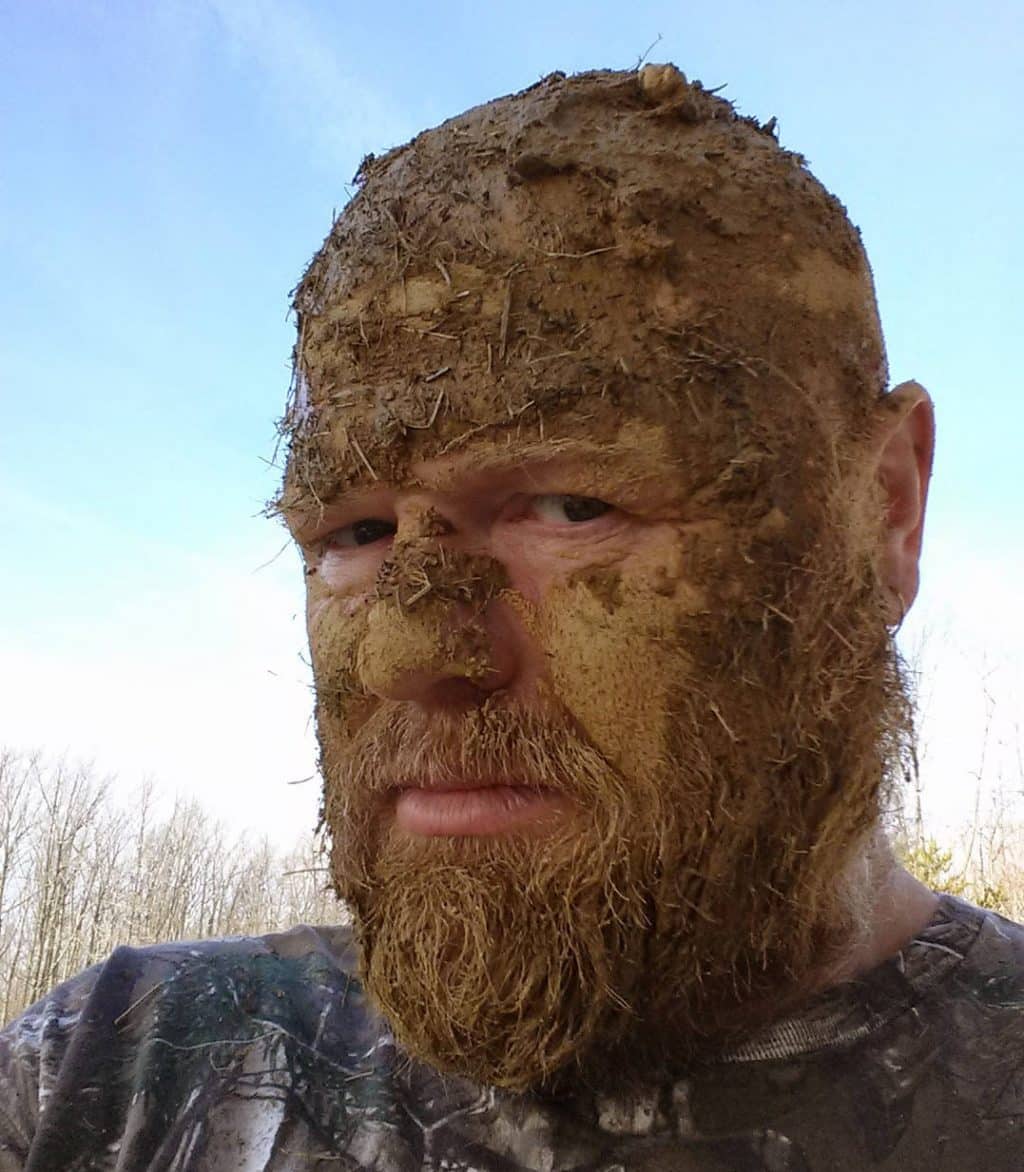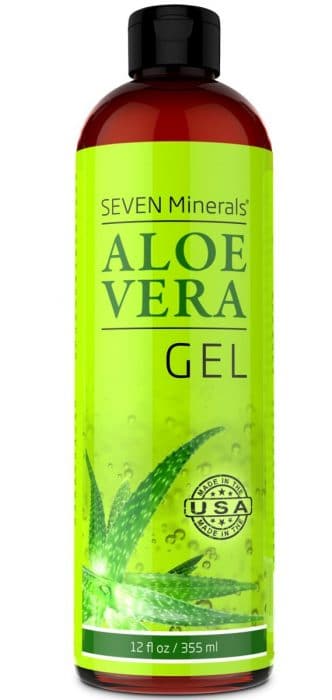Sunburn is bad even during the best of times.
Too much sun can lead to illness and sunstroke and can be fatal.
What are our options for sun protection?
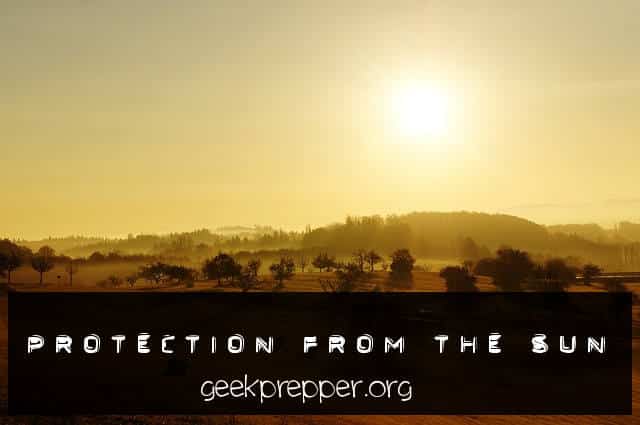
| Quick Navigation Sun Protection Exposure During Seasons and Times of Day How Can You Reduce Your Sun Exposure? Resources When You’re Caught In The Sun Unexpectedly What To Do If You Get Sunburned? |
Sun Protection
Protection from Ultraviolet (UV) Radiation is important all year round, not just during the summer. UV rays from the sun can burn you on cloudy days, just it can on clear and sunny days. Ultraviolet rays reflect off of surfaces like water, snow, sand, and cement. This can increase your exposure and lead to faster or more intense sunburns.
Exposure During Seasons and Times of Day
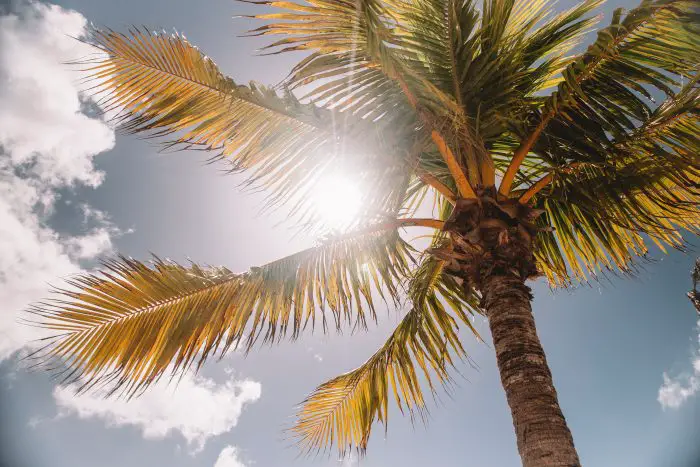
Your exposure is highest between 10 a.m. and 4 p.m. These are the most hazardous times for UV exposure outdoors in the continental United States. Also consider, that UV rays from sunlight are the greatest during the late spring and early summer in North America.
How Can You Reduce Your Sun Exposure?
- Wear a hat with a wide brim to shade your face, head, ears, and neck
- Use a Shemagh, bandana or drape other clothing or fabric over your head, ears, and neck
- Wear clothing that covers your arms and legs. A typical T-shirt has an SPF rating lower than 15, A wet T-shirt offers much less UV protection than a dry one. Darker colors may offer more protection than lighter colors. Some clothing certified under international standards comes with information on its Ultraviolet Protection Factor (UPF), which tells you how much protection you can expect to get from that article of clothing.
- Wear sunglasses or goggles, that wrap around and block both UVA and UVB rays
- Use sunscreen with sun protective factor (SPF) 15 or higher, and both UVA and UVB protection
- Avoid the sun. Stay in the shade, especially during midday hours
Resources When You’re Caught In The Sun Unexpectedly
Mud
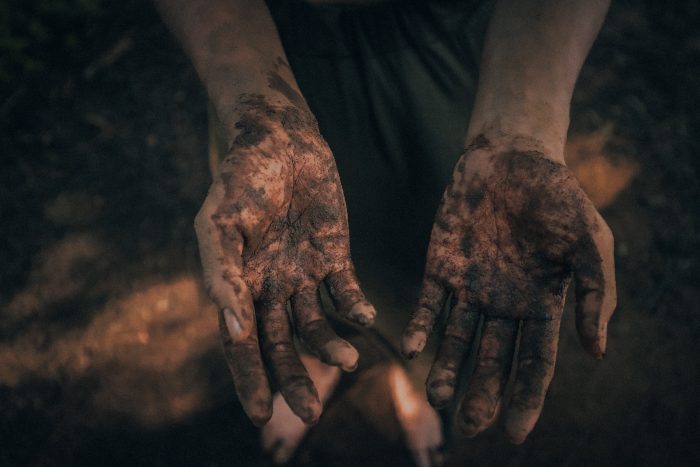
You can smear mud over exposed skin for added sun protection and sunburn prevention. Mud acts as a physical barrier sunscreen because it prevents the sun’s UV rays from contacting or penetrating your skin. Mud will stick to your skin and then likely crack and fall off, leaving behind a dirty residue that can also block UV rays. If you find yourself without proper clothing or any other source of sunscreen, covering yourself with mud or dirt or any other similar opaque substance will help reflect the sun’s rays from your skin and prevent sunburn.
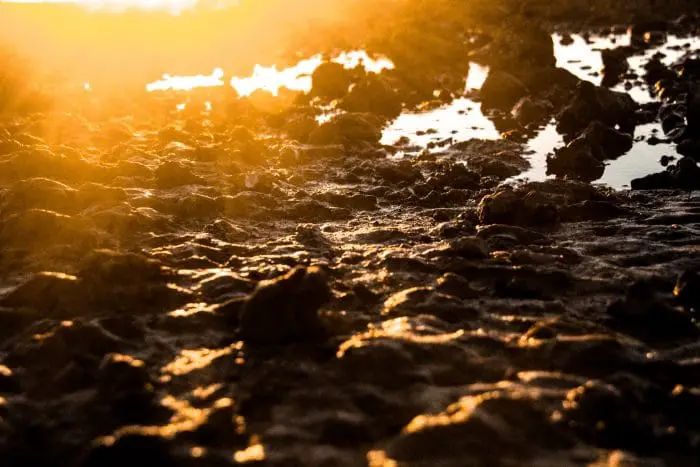
What’s even better about using mud as sunscreen is that it is all natural. It acts as a natural sunscreen that comes from a purely natural source. Unlike other commercial sunscreens, mud does not contain parabens or other harmful ingredients. It is also devoid of chemical sun protection filters, making it even safer for your skin.
Another reason to use mud as sunscreen during survival situations is that mud works in controlling body temperature, especially if it is still wet. This specific function is one reason why animals like elephants and pigs love to wallow in the mud. And once the mud dries, it works not only as sunscreen but also as bug repellent and camouflage.
Using mud as sunscreen is easy. All it takes is spreading it over your exposed skin. Then allow it to dry completely so it will start acting as a natural barrier. One disadvantage, though, is that it can have an odor. Another is that having it on your skin is not a pretty sight to behold. Still, it’s a great natural alternative to getting burned by the sun.
Aspen Trees
The white powder on the outside of aspen tree trunks can also be used as a physical barrier sunscreen. It provides an approximate SPF of 5, which admittedly isn’t very much. But, it’s simple to use in a pinch. Just rub the palms of your hands along an aspen tree’s trunk, and the white powder should stick to your hands. Spread this powder over any exposed skin, including your face, arms, and hands. Plan ahead and scrape extra powder from the aspen tree’s trunk and save it for later applications. Because it’s low in SPF protection, you’ll want to reapply often for best efficacy. This option is most practical if you are in an area where you’re likely to keep passing by aspens.
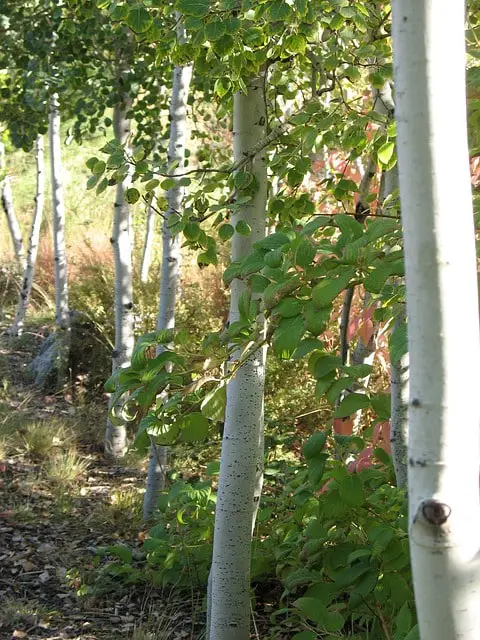

It’s important to re-apply any sunscreen frequently, especially if you are sweating or swimming!
What To Do If You Get Sunburned?

- Get out of the sun and into some shade or indoors.
- Let the affected skin cool down. You can do this by soaking the affected area in a stream, pond, lake, or tub. Alternatively, you can apply a cold wet compress. This works for sunburns that are not severe. By applying a cool wet dressing, compress, or water onto the area, you may attain immediate relief. However, avoid cooling sunburns which affect extremely large areas as doing so might only lead to body chills.
- For unbroken skin, make a cold compress from a bandana and raw creek water. For open sunburns causing wounds, you can lessen the possibility of getting infected by using sterile dressings and water.
- Cover the affected area and keep it covered. Note that sunburns might cause the affected skin to be so tender that it requires constant protection. The best way to cover it is to use a dry, non-stick dressing. If that type of dressing is not available in your survival first-aid kit, just use the usual dressings. Put the dressings on by binding them lightly with gauze.
- Apply Aloe Vera Gel (if available). Trust me on this: I am a pale man, and I burn badly after prolonged sun exposure. At home I have an aloe vera plant I cut and apply, and I always keep some gel in my first-aid kits.
- Apply Vinegar, preferably Apple Cider Vinegar. This method is only suitable for skin without abrasions of any sort.
- Plants can soothe sunburn: jewelweed, witch hazel, and Aloe Vera. Make a poultice of jewelweed and smear over affected areas, or press oil out of witch hazel leaves and apply to sunburned skin. Aloe vera, as mentioned above, contains a soothing liquid inside of its leaves.
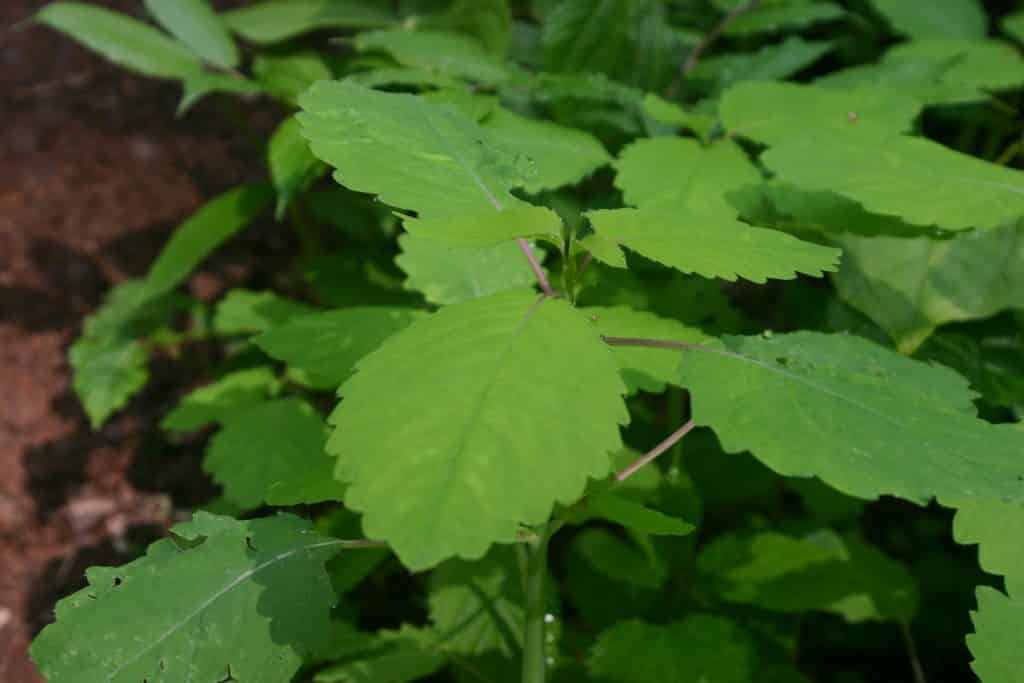
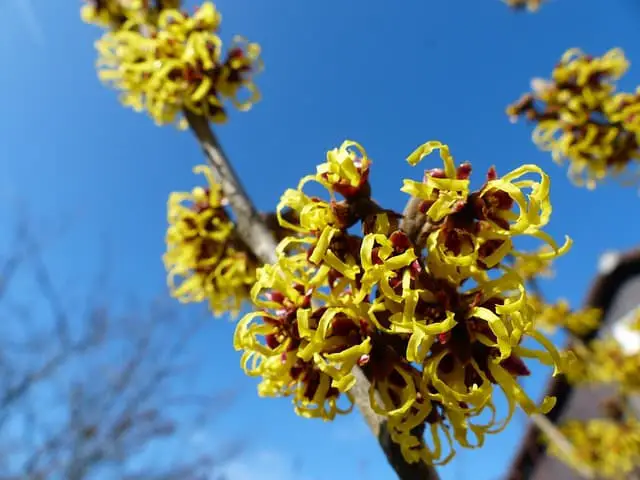
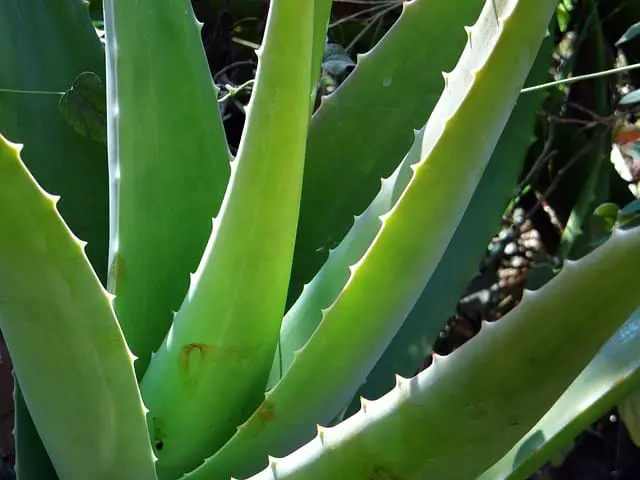
If your sunburn is severe, seek medical attention. Do not pop the blisters, and try to stay hydrated during your healing and recovery period.

